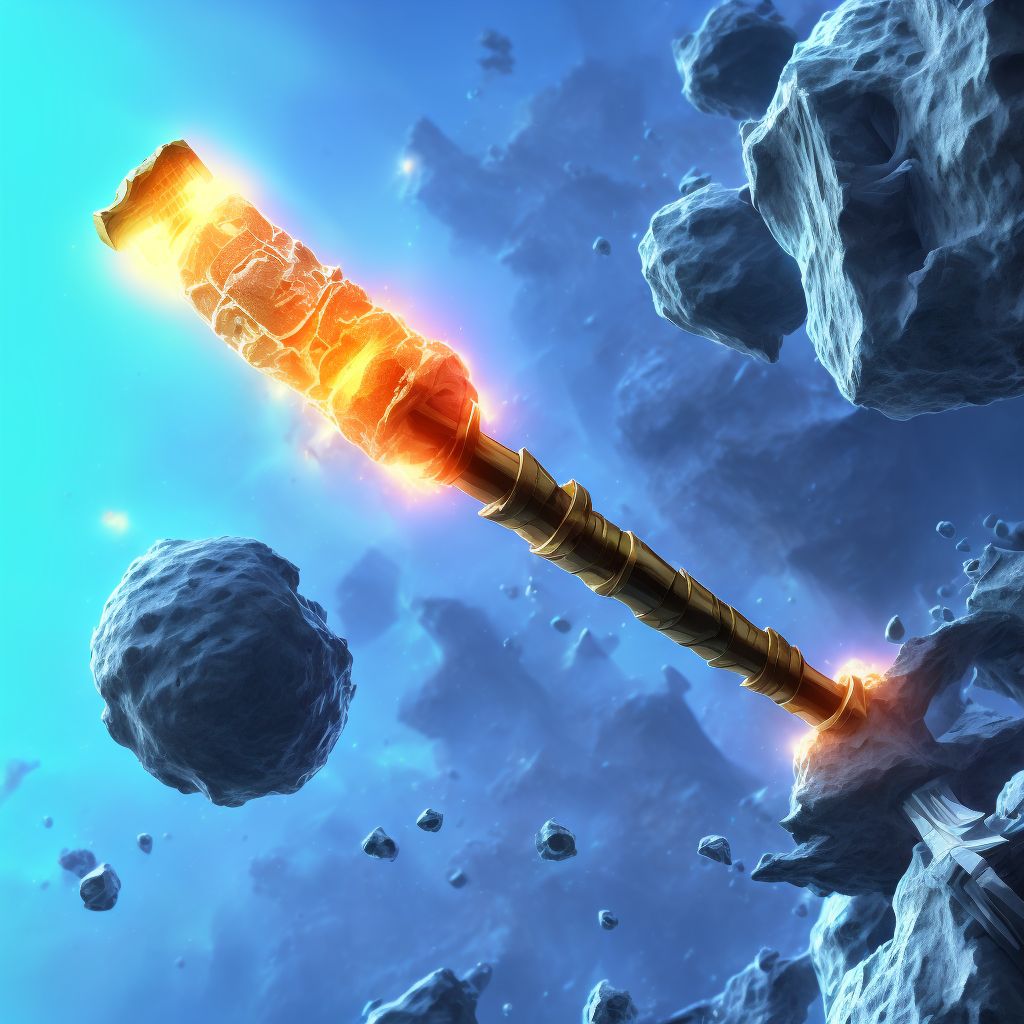
Displaced comminuted fracture of shaft of right tibia, subsequent encounter for open fracture type IIIA, IIIB, or IIIC with nonunion Save
ICD-10 code: S82.251N
Disease category: S82.251: Displaced comminuted fracture of shaft of right tibia
Displaced Comminuted Fracture of Shaft of Right Tibia: Subsequent Encounter for Open Fracture Type IIIA, IIIB, or IIIC with Nonunion
A displaced comminuted fracture of the shaft of the right tibia occurs when the bone is broken into multiple pieces and shifted out of place. This type of injury can be caused by high-impact accidents, falls, or sports-related incidents. If left untreated or improperly treated, the fracture may not heal properly, leading to nonunion.
Nonunion occurs when the bone fails to heal within a reasonable time. It can be caused by several factors, including poor blood supply, infection, or inadequate immobilization. Nonunion can result in chronic pain, limited mobility, and other complications.
If a displaced comminuted fracture of the shaft of the right tibia is not treated properly, it can lead to an open fracture. An open fracture occurs when the broken bone pierces through the skin, leaving the bone exposed to the environment. Open fractures are classified into three types: IIIA, IIIB, and IIIC. The severity of the fracture depends on the extent of soft tissue damage and the degree of contamination.
In a subsequent encounter, the treatment of an open fracture type IIIA, IIIB, or IIIC with nonunion will depend on several factors, including the severity of the nonunion, the patient's age, and overall health. Treatment may involve surgery to remove the nonunion and promote bone growth, bone grafting, or the use of external fixation devices.
- The first step in the treatment of a displaced comminuted fracture of the shaft of the right tibia is to immobilize the affected leg using a cast or brace.
- If nonunion occurs, the patient may require additional imaging to assess the extent of the nonunion and to determine the best course of treatment.
- If an open fracture occurs, the wound will need to be cleaned and debrided to remove any debris or foreign material. Antibiotics may also be prescribed to prevent infection.
- Surgery may be required to promote bone growth and stabilize the fracture. This may involve the use of internal fixation devices, such as plates, screws, or rods, or external fixation devices, such as pins or wires.
In conclusion, a displaced comminuted fracture of the shaft of the right tibia can be a serious injury that requires prompt and proper treatment. If left untreated or improperly treated, it can lead to nonunion and an open fracture. In a subsequent encounter, the treatment will depend on the severity of the nonunion and the type of open fracture. It is important for patients to follow their healthcare provider's instructions and attend all follow-up appointments to ensure the best possible outcome.
Treatment of Displaced comminuted fracture of shaft of right tibia, subsequent encounter for open fracture type IIIA, IIIB, or IIIC with nonunion:
If you or someone you know has suffered from a displaced comminuted fracture of the shaft of the right tibia, subsequent encounter for open fracture type IIIA, IIIB, or IIIC with nonunion, you may be wondering what treatment options are available. This type of fracture is a serious and complex injury that requires specialized care and treatment. Here are some treatment options to consider: 1....
To see full information about treatment please Sign up or Log in